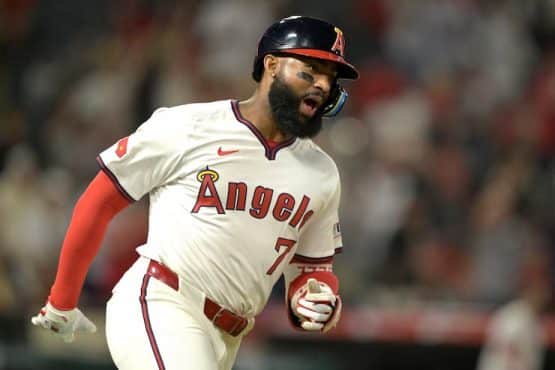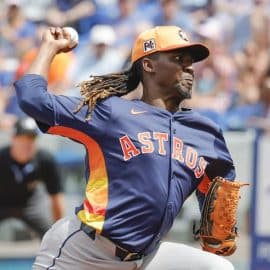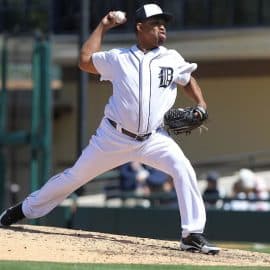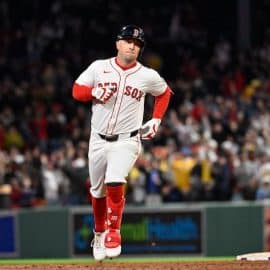We live in a time when ideology is more important than our basic institutions. When traditions and foundational beliefs are casually tossed under the bus in the service of subjective dogma.

The rule of law and public institutions are vilified and America is no longer “great”.
This “tear it down” mentality depends heavily on three important elements: a distortion of history, streams of false assumptions, and an avoidance of critical thought.
And now we’re seeing subjective ideology infecting professional sports, including Major League Baseball.
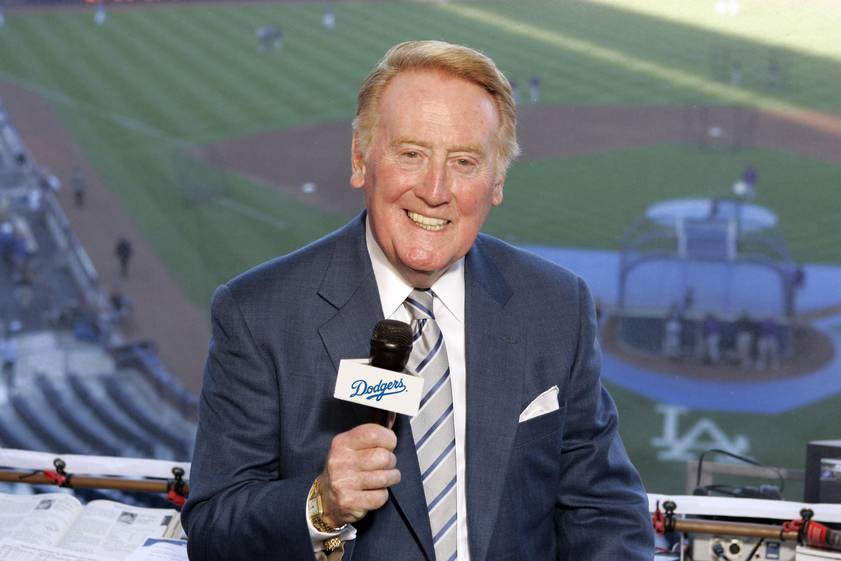
Professional broadcasters and former players turned announcers used to have a grounded approach to Major League Baseball that allowed new trends and innovation to be experienced, appraised and worked out in the marketplace.
In recent years, with the emergence of defensive shifting, new approaches to how starting pitchers and bullpens are used, and an increase in home runs, walks, and strikeouts these same voices are enthusiastically declaring that Major League Baseball is utterly doomed unless these trends are artificially “corrected”.
Led primarily by retired players who are now part of various MLB media, they want to ignore the marketplace and the historical arc of the game and create legislation and regulations to try to reverse the informational revolution in baseball.
To achieve that, these voices, which used to defend baseball, are now happy to publicly tear the game down at every opportunity. Which is astounding to me. Their incessant mantra is doom and gloom, that the game is boring, that nobody wants to watch Major League Baseball anymore.
None of that is true, but say it often enough and you might help it to become true.
Leading the new anti-information posse are several MLB Network former players, who are now announcers, and several broadcasters at the MLB Network.
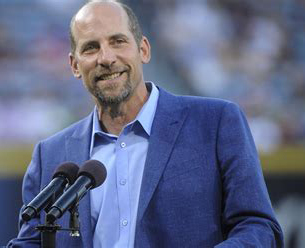
Apparently there’s no time to let the normal evolution of baseball do what it’s done throughout the game’s 140+-year history. Smoltz was quoted as saying the new trends “will cripple the game” and that Major League Baseball is doomed if the Commissioner doesn’t impose a contrived series of new anti-analytical rules.
Luckily, Smoltz and fellow MLB Network doom-and-gloom player/announcers Harold Reynolds and Joe Magrane are not in the majority. In fact, it’s been gratifying to see many of the ex-players on the Network thinking these ideas through and beginning to fully understand their value.
I respect their process and their openness to understanding new ideas and information. Because at one time, that’s exactly the same process I went through.
It’s funny. Whenever these old school baseball media personalities rave against sabermetrics and advanced analytics, they invariably get around to ranting about “computers”.
As if these advanced ideas and concepts somehow independently spew out from those inhuman, new-fangled computer machines and must be stopped.

So those evil computers are simply a tool. Kind of like what baseball writers did in the 1960s and 1970s—input numbers into those new-fangled calculators to get more information about the game.
Sabermetrics isn’t based on “computers”. It’s based on asking questions, on testing long-held assumptions to see if they’re valid. Computers just make that process a lot easier to get done.
Here are some of the imposed rules and heavy-handed regulations these “establishment doomsayers” want in order to somehow turn Major League Baseball back to the 1970s:
> They want all defensive shifts to be banned.
Which would mean making fielders stay in a specific zone every inning of every game.
So much for the value of a shortstop or second baseman’s range. If an infielder is capable of going all-out to track down a ground ball or line-drive, he would instead have to be positioned in a place he knows he shouldn’t be—inside the new “infielder zone” line.
But he’ll be close enough to watch the ball go by him. Think about how exciting that would look.
And what about outfielders? Will the new regulations not allow outfielders to “play way in” anymore or shift far to their right or left depending on the batter at the plate? Because those are also “extreme” defensive shifts.
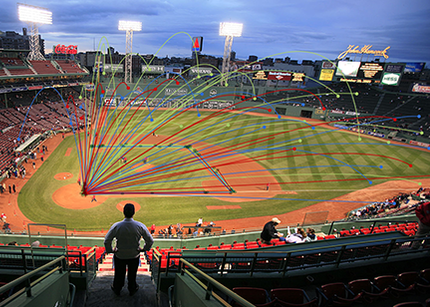
So analytical information about baseball will still be available, and new frontiers of information will continue being developed. Forever. The new anti-baseball movement just wants to prevent teams from using that information. And pretend that it doesn’t exist.
What an embarrassing, tyrannical turn for the Grand Old Game.
> They want to regulate how pitchers must be used. New rules would somehow force a “starting pitcher” to start every game and “bullpenning” would be severely regulated.
The anti-analytics posse hates what the Tampa Bay Rays and Los Angeles Dodgers have done by using an “opener” to start the first inning of some games.
After Tampa started the 2018 season 4-13, they’ve gone 52-40 through August 2nd. They began frequently using an opener on May 18th, going 13-13 in those games, which has helped turn their season around.
The idea is that a specific pitcher starts the game and goes through the heart of the other team’s batting order, for the first and (maybe) second innings. Then a pitcher who can go longer comes in and takes the ball for the next four or five innings.
Why do that?
Those pesky advanced analytics have shown that, overall, more runs are scored in the first inning of MLB games than in any other inning (.056 R/I, based on all MLB games from 1973-2015).
And it makes sense. The first inning is the one time when a team’s batting order lines up for maximum effect. If, for instance, that heart of the order is predominantly right-handed, it makes sense to have a right-hander “open” the game and potentially shut down the other team’s attack when it’s most potent.
Also, in the National League, that pitcher will be pinch-hit for, adding the further benefit of not having a pitcher come to the plate until maybe the fifth inning.
How would the anti-analytic crowd stop that? Hard to know. Maybe if a pitcher starts the game, he has to go a certain number of innings. How great would that look if the pitcher gives up six runs in the first inning, but the new rules says he has pitch at least three innings?
Another kind of new anti-information rule would somehow regulate how long a relief pitcher must stay in the game. This is also a “pace of play” issue.
A version of this might be that every relief pitcher has to face three batters, which I can understand in terms of speeding the game up.
But again, if a reliever comes into the 7th inning with the bases loaded and gives up a grand slam and then a solo home run to the next hitter, how absurd is it to force a manager to keep that pitcher on the mound to face the regulation third batter?
All of which brings up what would actually happen on the field if any of these proposed anti-analytical rules are implemented: some wild unintended consequences.

And they will, and it will look terrible.
Some examples:
> If you mandate artificial “no-cross” boundary lines on the field for infielders, you’ll still see players shifting—standing at the far right or left of those lines, leaning toward where they know the ball is going. Because they’ll still have the information.
So the idea that defensive players will somehow stand where they stood in the 1950s ain’t happening.
> If every relief pitcher has to face at least three batters guess what innovative managers will do?
If a manager wants a certain relief pitcher to face just one, or maybe two, hitters with a runner at second or third base, he can simply walk the next batter by holding up four fingers. So, we get more walks.
The idea is, there’s an open base and even with that extra runner on base the manager feels he’ll do better with the right match-up on the mound. With an intentional walk the manager can skirt the rule and bring in other relievers.
How’s that for riveting baseball?
One final point.
Newsflash: MLB hitters won’t start hitting singles if defensive shifts are banned. (For some reason the anti-analytical crowd loves singles more than home runs. As Billy Joel once said, “Don’t ask me why.”)
Major League sluggers are still going to angle their swings up and go for the fences. Because they get paid more money when they hit home runs than when they hit singles.
Hey, there’s another great new rule for the anti-innovation posse: how about only allowing two home runs per game for each team, and force batters to hit more singles?
The future of Major League baseball is sounding better and better by the moment.
Add The Sports Daily to your Google News Feed!

